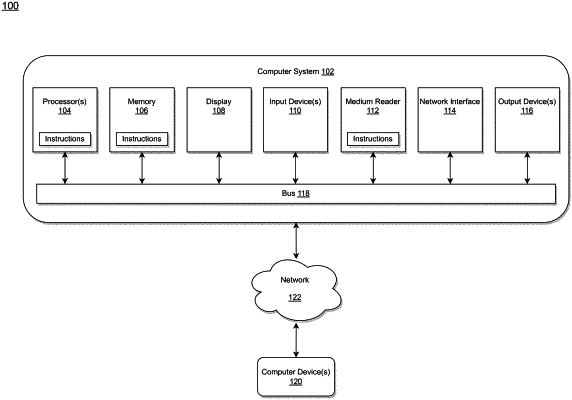| CPC G06Q 40/04 (2013.01) [G06F 16/27 (2019.01); G06N 5/025 (2013.01)] | 17 Claims |

|
1. A method for qualitative and quantitative data analysis by utilizing one or more processors along with allocated memory, the method comprising:
implementing a platform and language agnostic data processing module (PLADPM) that implements a platform designed and architected with cloud-native stack for performing qualitative and quantitative data analysis for generating intelligent alerts, wherein the PLADPM including an accessing module, a creating module, an implementing module, a detecting module, an analyzing module, a generating module, and a transmitting module, wherein each of the module being called via corresponding application programming interface (API);
accessing a plurality of data sources to extract a plurality of supervision data by calling the accessing module via a first API;
creating a data model based on the plurality of supervision data by calling the creating module via a second API;
implementing a rule engine that is configured to apply qualitative and quantitative data analysis algorithm on the extracted plurality of supervision data and the data model by calling the implementing module via a third API, wherein an architecture of the rule engine includes built in machine learning powered capabilities for outlier detection, noise reduction, alerts generation, auto-closure, and trend prediction;
hosting the rule engine onto a public cloud and running the rule engine as containerized application sharing resources thereby reducing hosting infrastructure and automating scaling on-demand and implementing self-heal process;
training the data model with the extracted plurality of supervision data and corresponding historical data;
implementing artificial intelligence or machine learning algorithm (AI/ML) to generate a knowledge graph based on the trained data model by calling the implementing module via the third API;
generating the knowledge graph by calling the generating module via a fourth API;
detecting outlier behavior data from the plurality of supervision data by integrating the rule engine and the AI/ML algorithm by calling the detecting module via a fifth API;
analyzing the outlier behavior data by calling the analyzing module via a sixth API;
generating alerts data based on analyzing the outlier behavior data by calling the generating module via the fourth API;
transmitting the alerts data to a user computing device by calling the transmitting module via a seventh API; and
taking remedial actions in correspondence with the alerts data.
|